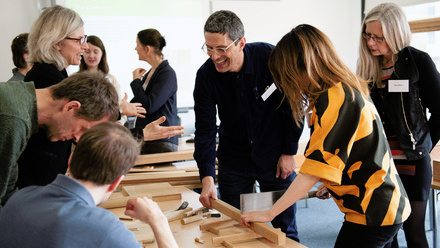Location: online
There will be a 55min presentation followed by 15min of discussion.
In the mid-1980s museums received the shock news that their collections of plastics objects would not last forever – as had been previously thought. Today, condition surveys of plastics in art, design, modern history, industrial and toy collections conclude that around 75% of the items show symptoms of degradation. This seminar discusses what the term degradation means when applied to cultural heritage plastic objects compared with plastic products in daily use or discarded plastic in the natural environment. The major factors that cause and accelerate degradation in semi-synthetic, fossil- and bio-based synthetic, post WWII plastics will be detailed, and discussion will focus on how the chemical and physical processes, that reduce the lifetimes of these materials in our collections, can be slowed down.
Yvonne Shashoua is Research Professor at the National Museum of Denmark specializing in the degradation and conservation of plastics. After graduating with a BSc in industrial chemistry, Yvonne worked as a coating technologist before joining the British Museum as a conservation scientist. She relocated to the National Museum of Denmark in 1998 to accept the first PhD scholarship to focus on degradation and conservation of plastics in museums and has more than 100 publications in this field including the monograph Conservation of Plastics-Materials Science, Degradation and Preservation, Elsevier, 2008. Since 2014, she has applied her knowledge of degradation of plastics in cultural heritage to the natural environment and sustainable alternatives for petroleum-based plastics.
For more information, please visit our website: https://academicprojects.co.uk/courses/degradation-of-plastics-in-collections/



